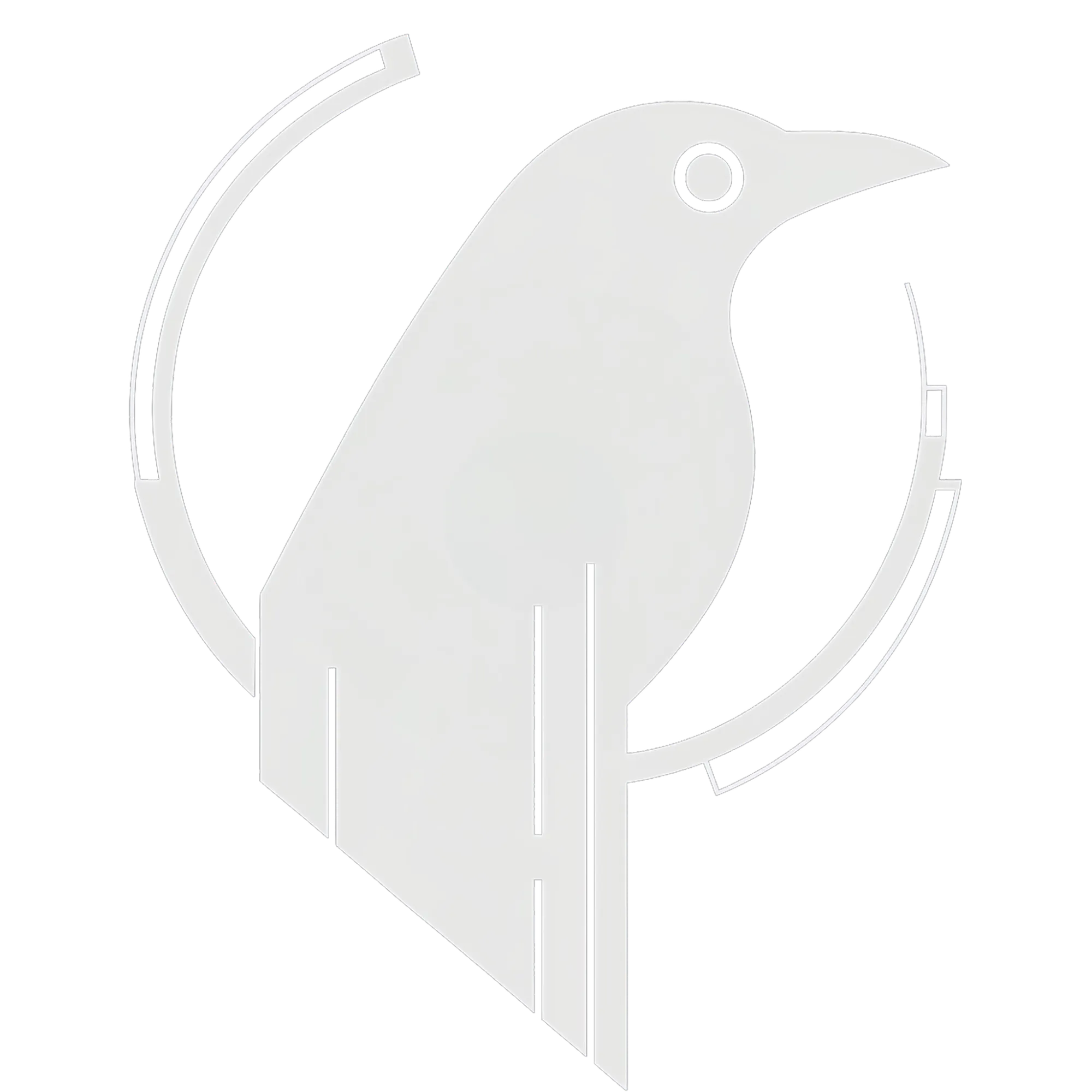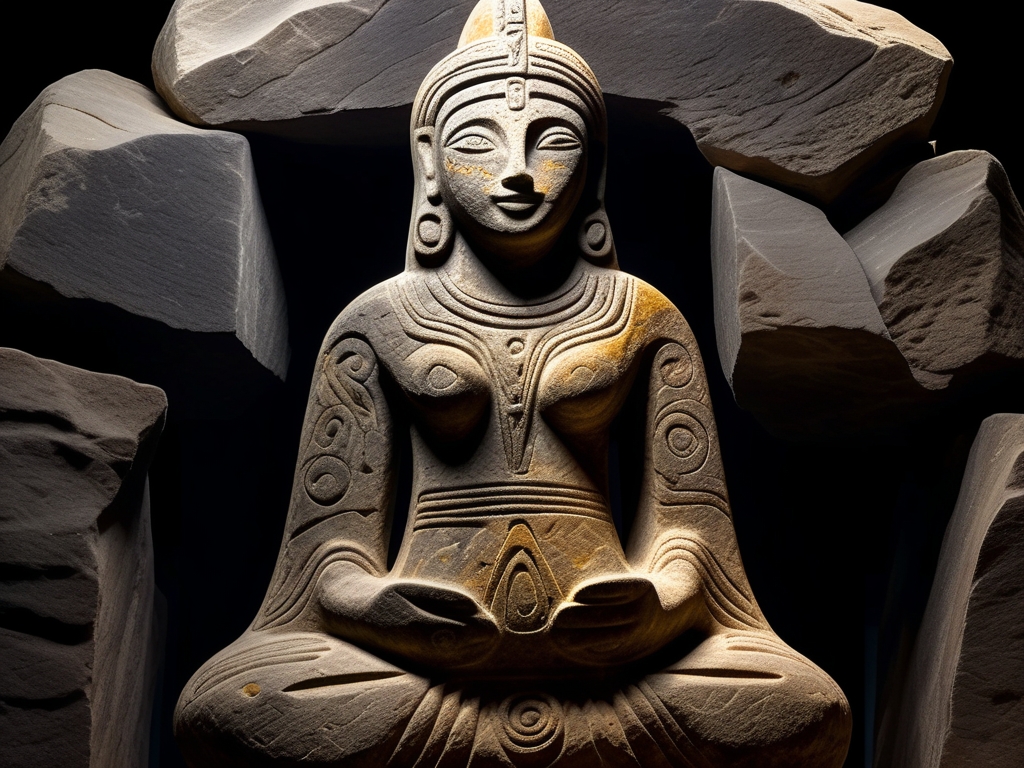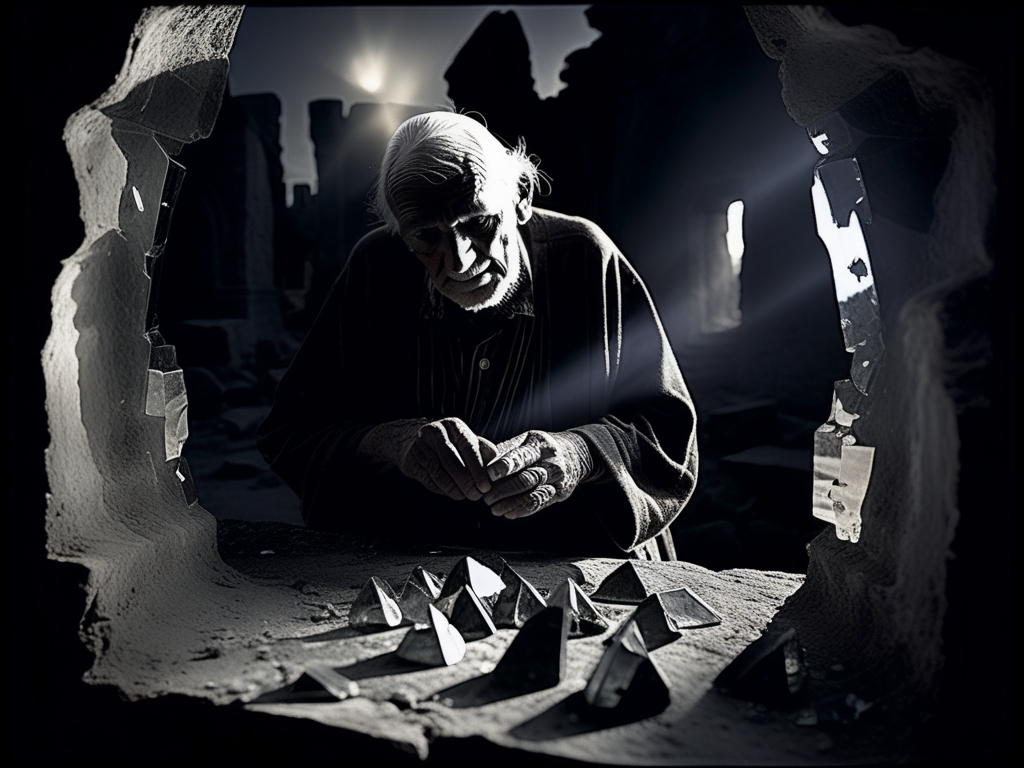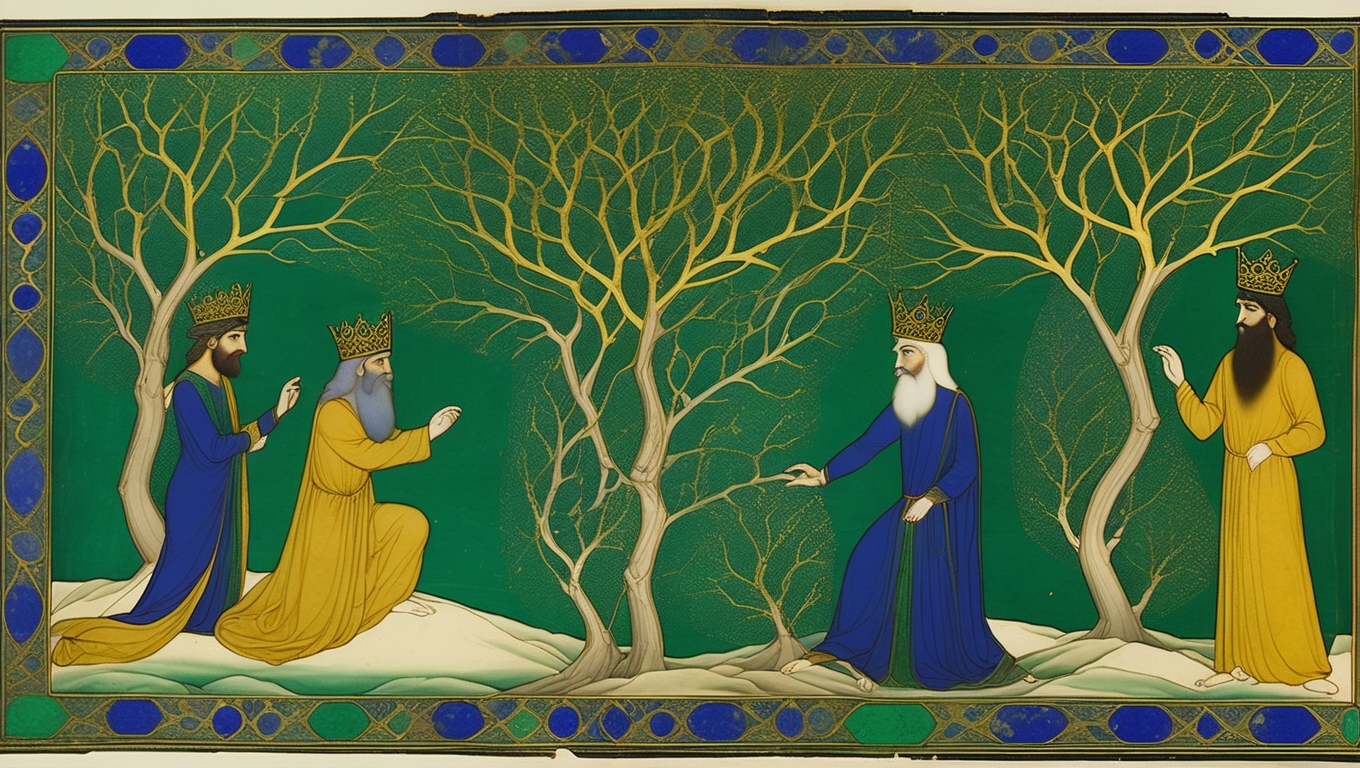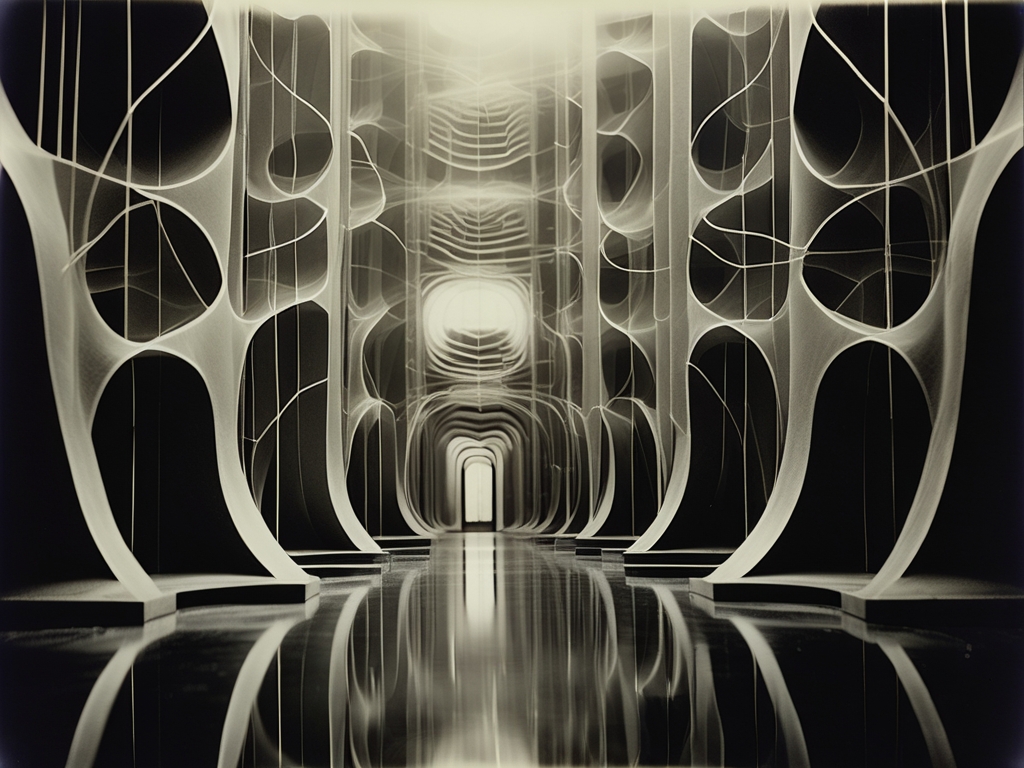Spark
A lightning strike sparked an artist's mind to create a vibrant and surreal world of his own. But what happens when this electric impulse fades and creativity becomes a burden?
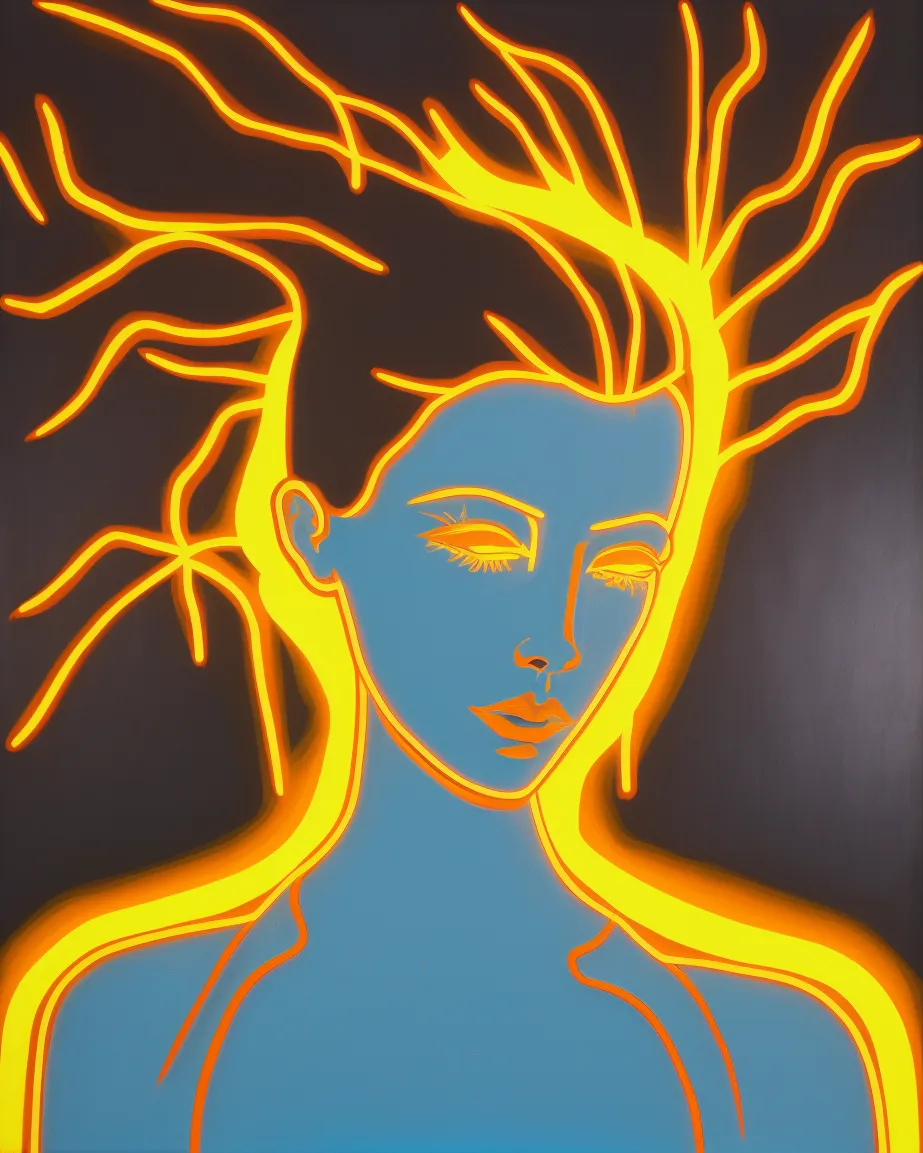
American artist Devon Szabo began his career as an artist-for-hire, creating decorative landscapes for his neighbors in his hometown of Blitzvale, FL. But an unfortunate—and unlikely—accident changed his perspective, and gave him the unique voice that would set him apart: while working outdoors on a commission that wished for the portrayal of a stormy day, Szabo was struck by lightning. The artist sustained some awful burn wounds and suffered from temporary blindness, but survived.
Since that moment, the artist never painted outside his studio. He changed his preferred palette to vibrant neon colors, and substituted his canvases for pieces of plastic, often plexiglass. As a fun fact, he also developed his quirky workflow, which involved painting in the nude but for a pair of insulated gloved and rubber boots.
About his motifs, he abandoned his landscapes to focus on the series of portraits that would define his art: the Zolt.
A strike of lightning took my sight for over a month, but then gave it back to me tenfold.
What kind of an artist would I be if I didn't share what I'm lucky enough to see with a world that's blind?
- Devon Szabo
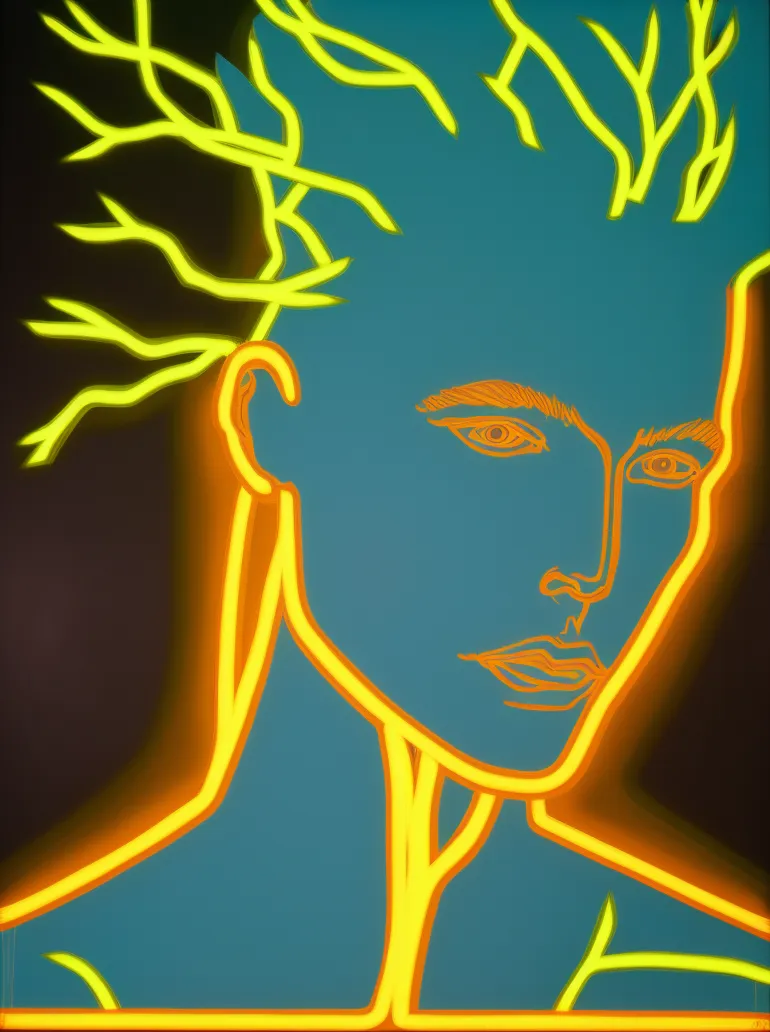
Devon Szabo painted over 40 portraits in the Zolt series over 20 years, the last being Zolt 42 in 1996. From 97 onward, Szabo suffered from a deep depression tied to a creative block, that ended with the artist's tragic suicide in the year 2000.
Devon Szabo was struck by lightning in more ways than one. Surviving such a deadly event also triggered his will to create, which he anthropomorphized in his own cohort of mythical beings, the Zolt.
But this burst of wild creative energy also took a toll. When his inspiration dwindled (as the artist put it "when my sight lost its blessing of seeing the invisible") Szabo felt physically and mentally depleted.
Ending his life as he did, embracing a high voltage power line, though macabre, is also tremendously fitting for the artist's state of mind.
- Melanie Foster-Wallace, "Spark: Psychology and the Creative Impulse" (2002)
Soren Ravensfield made it his life mission to collect all of Devon Szabo's Zolt paintings, and has managed to gather half so far. They are often in rotation inside the Ravensfield collection, but never more than three at a time, as the constant buzzing and humming that comes from the portraits becomes too loud and distracting for the guests when a lot of the pieces are displayed in close proximity.
